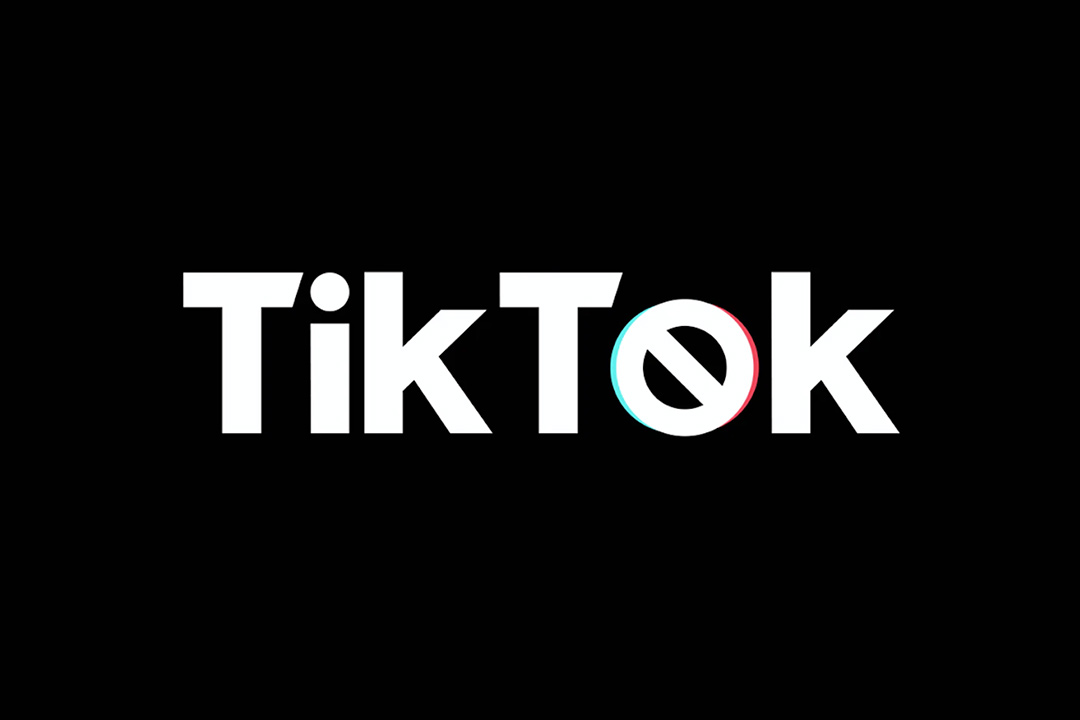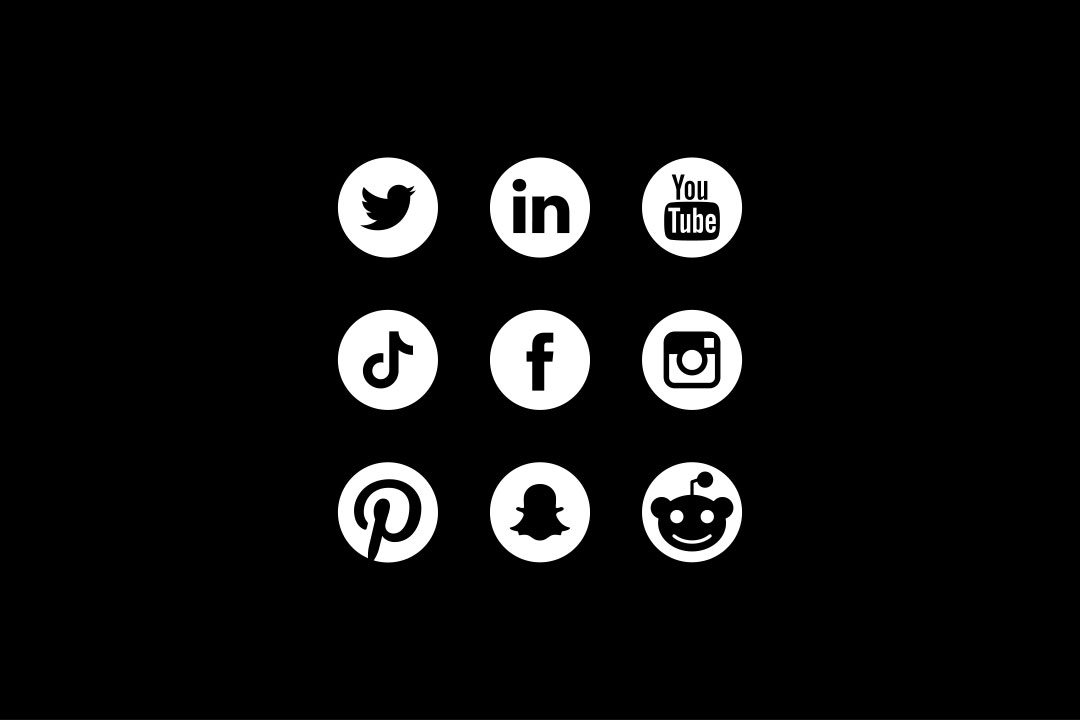As I gear up to graduate from college, I want to be involved in organizations and events that will help me stand out from others. One great and obvious way to do this is to get an internship. It’s a way to prove to employers that you have been exposed to a certain career path. Well, this is where I start to separate from the pack. I’ve been interning at Ron Foth Advertising this summer to soak up as much information as I can before I go back to school in the fall. One of my first assignments was to research how millennials and Generation Z consume media. I was excited to take on this assignment because as a millennial who is close to the cusp of Generation Z, I can relate a lot of the research and statistics to my own life.
There are so many different ways to watch television without an actual television. We now have the ability to stream shows on our cell phones, laptops, and tablets. But…is this really the future? It seems like we are always dissecting millennials and trying to understand how they function. And do Generation Z kids follow in millennials’ footsteps?
I decided to get some information from my peers (millennials) and even ventured out to Generation Z. The goal was to pick up some basic knowledge on the “watching habits” they’ve become accustomed to. Keep in mind these were not experts—just regular people! The sample group was a mix of college and high school students.
The results were similar to what I expected. It appears that live TV was still the more popular option. The viewers were going to make sure their schedule revolved around Jersey Shore or the NFL. Yes, college and high school students probably have more flexible schedules than the typical adult with a full-time job. However, the significance some shows have on the people that I sampled, and their commitment to watching them every week is something to pay attention to.
Now how do these people watch these shows they love so much? Most of my viewers stated that their phone was the second most popular device to watch shows, behind watching their television. There was an interesting answer that a participant said that stuck out to me. “It is all about speed and I always have my phone with me.” Yes, it might be easier to watch a show on your laptop or tablet, but the viewers don’t perceive it to be as fast as their cell phone.
The next step was to see how many alternative TV providers each viewer used. The results were pretty lopsided. Out of the people I interviewed, 86% had subscriptions to Netflix, Hulu, and Amazon Prime. I could see why this could be confusing. Why would you own more than one? Let alone, all three? The common theme I picked up on was that viewers were starting to get tired of Netflix. They were upset about the rising cost a month for a subscription. They also were not happy that Netflix was moving toward their own shows (Netflix Originals). It seemed that people were starting to venture out to other providers and test to see if they could satisfy them.
With all of the different providers in mind…what method do the younger generations prefer? Do they want a provider that’s free but has advertisements or a provider that has a monthly fee with no ads? According to Nielsen, millennials are okay with advertisements in general as long as the content is free. “Seventy-nine percent of persons 18-34 say ads are necessary”. This is promising for advertisers. I feel that the overall misconception is millennials hate advertisements because they are boring. But, maybe they are more understanding of ads than people give them credit for.
The last aspect I wanted to figure out was how much were people willing to pay for these providers. Obviously, Amazon Prime video was a little different than Netflix and Hulu because it has a connection to the individual’s Amazon account. Looking at Netflix, the popular answer was a maximum of $12, but still thought $10 was a little unreasonable. That seemed to be the same answers for Hulu as well. Even though Hulu has similar prices, the sample being interviewed was more upset with Netflix and their prices.
Overall, the results showed that live TV is still king, but, viewers still found time for their alternative television providers. No matter how powerful Netflix or Amazon Prime get, they will never compare to the atmosphere of live television. There is still a certain magic to experiencing something on TV in real time.





